WHAT IS BULLYING?
Bullying refers to unwanted, aggressive and repeated behaviour, typically, among school kids that may involve a perceived imbalance of power with the intention to cause deliberate harm.
Anonymously Refer a School That Needs Our Support
What is Bullying?
Bullying behaviour must be a repeated incident or one that may become repetitive over time.
The purpose of bullying is to hurt someone emotionally or physically.
This type of behaviour is aimed at others for a number of reasons from their gender, religion, race, physical looks, or sexual orientation, just to name a few. Kids who bully or are bullied may end up with serious mental or health problems that need to be addressed as soon as possible.
There are many Characteristics that Define Bullying.
Here Are the Three Main Ones
Emotional
Emotional bullying is equally thought to be easy to spot the signs of, however not always the case. Often the most common form of bullying you could easily miss the signs if you weren't looking for them. Commonly known as name calling or teasing.
Physical
Physical Bullying is thought of as the easiest to spot of all bullying forms as it is the one that leaves the most visible signs. Hitting, Punching and Kicking are all forms of physical harm.
Social
Social bullying is so common today especially online. This is the form that excludes one from all the groups and cool circles and preys on them online and with their social reputations. Also known as Cyberbullying.
Common Types of Behaviour for a Bully
- Keeping someone out of a team or group whether it’s an online or offline setting
- Behaving unpleasantly with or near someone
- Making nasty/rude comments/gestures, being impolite/rude, calling names and teasing repeatedly
- Starting/spreading lies or rumours or misrepresenting someone on social media or other platforms. For instance, using someone’s Facebook or Twitter account to post mean comments or messages.
- Harassing someone on the basis of their gender, disability, religion, sex or race
- Stalking someone
- Hurting someone emotionally or physically over and over again
- Abuse of power over another child
Are you experiencing any of this at your school and not getting the support you need?
Anonymously refer your school and we will reach out to the school
and see if we can help.
Bullying vs Conflict
It’s important to understand the difference between bullying and conflict since both share some similar characteristics.
We all have conflicts from time to time, and it’s part of our life.
Learning to deal with conflicts helps all of us polish our social skills. On the other hand bullying involves abuse of power that results in significant consequences. Bullying is always unhealthy from all aspects.
Conflict refers to an argument or disagreement in which both the parties express their views. Bullying involves negative, repeated behaviour that is aggressive enough to hurt and gain control over someone. Often, a bully gets involved in bullying for fun. They enjoy when the person who they bully is hurt emotionally or physically.
Characteristics of Conflict
You can identify conflict in more ways than one. Firstly, in the case of a conflict situation, both the parties share equal power in their relationship. Neither of the parties try to get control over the other. Despite their disagreement, they show respect to each other.
People who are in a conflict situation may feel remorse. They may even take responsibility for what they have done, and may take possible steps to resolve the issue. They try to reach an agreement to restore their relationship and move on.
Unlike bullying, conflicts happen every now and then, not repeatedly. They may not be serious or emotionally damaging to the other person.
- Equal power in relationships
- Both children/parties are upset
- Feelings of remorse
- A desire to resolve the issue to restore the relationship
- Occasional
- May not be emotionally or physically damaging
Characteristics of Bullying
The primary characteristics of bullying involve a deliberate act where the goal of which is to insult, threaten or hurt another person. Often, there is a power imbalance between the child who is bullying and the child who is being bullied. Bullies try to have control over another child through humiliation, harassment, or intimidation.
Bullying is always done on purpose, repeatedly and involves negative actions that are ongoing. Although the bullying tactics are different in different situations, the bully targets the same child repeatedly with the intent of hurting them for fun. Bullying has serious emotional and/or physical consequences.
A bully feels little to no remorse for their actions or that their target is visibly upset. Bullies get enjoyment from hurting others, and don’t try to resolve anything. They don’t want to develop a healthy relationship with the target.
It’s important to understand that not every hurtful or negative action is considered bullying. At times, it’s just unkind behaviour.
- A power imbalance
- Bully has enjoyment from their victims suffering
- No remorse
- Bully makes no attempt to resolve the issue
- Bullying is repetitive
- May have serious physical and/or emotional consequences

